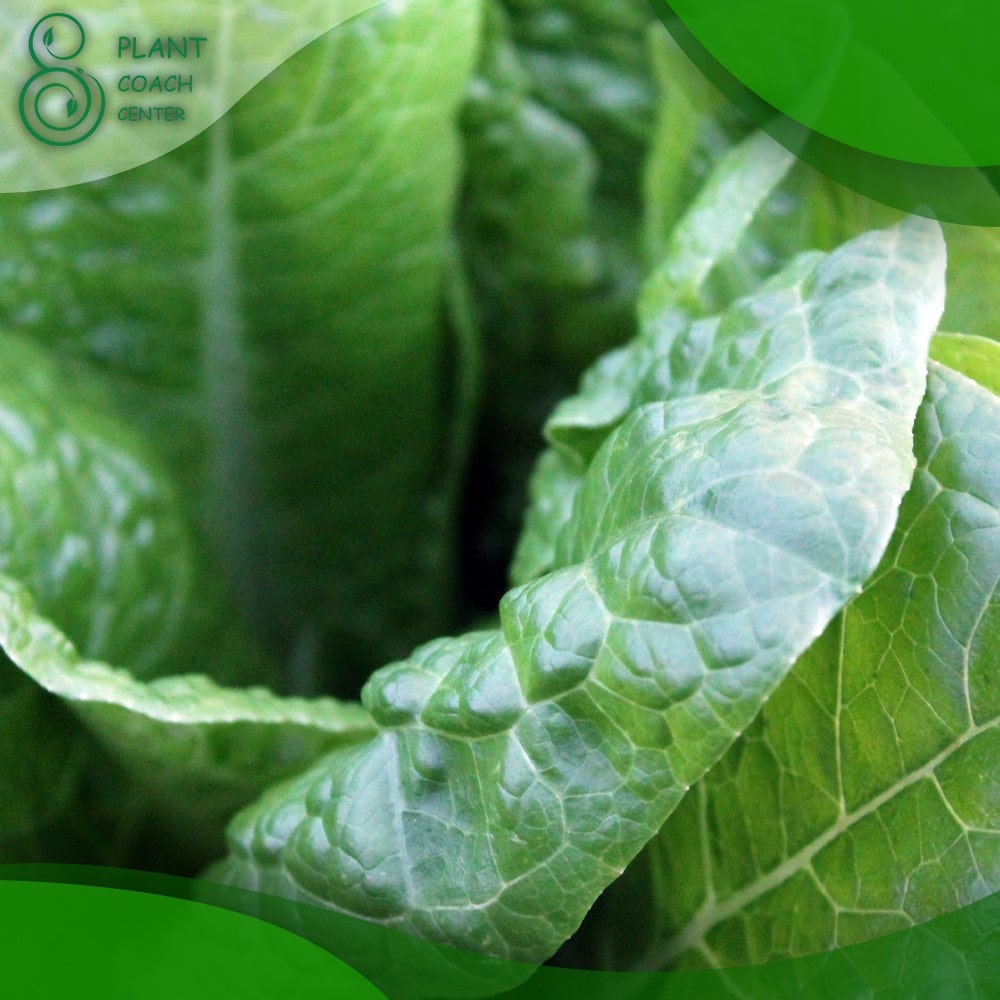When to Plant Spinach
Welcome to the comprehensive guide on planting spinach, brought to you by Plant Coach Center. Discover the secrets to successful spinach cultivation, from understanding optimal planting times to overcoming common challenges. Whether you’re a seasoned gardener or a beginner, this article will equip you with the knowledge to grow healthy and abundant spinach in your garden.

Understanding Spinach as a Crop
Spinach is a versatile leafy green vegetable known for its nutritional value and culinary uses. Let’s delve into the characteristics and varieties of spinach, setting the foundation for successful cultivation.
– Overview of Spinach:
Spinach (Spinacia oleracea) belongs to the Amaranthaceae family and is rich in vitamins, minerals, and antioxidants. Its tender leaves make it a popular choice for salads, soups, and sautés.
– Nutritional Benefits of Spinach:
Spinach is packed with essential nutrients like iron, calcium, vitamin A, vitamin C, and folate. Its consumption promotes healthy vision, strong bones, and overall well-being.
– Popular Spinach Varieties:
Explore popular spinach varieties such as Bloomsdale, Tyee, and Baby Leaf Spinach, each with unique characteristics suited to different growing conditions and culinary preferences.
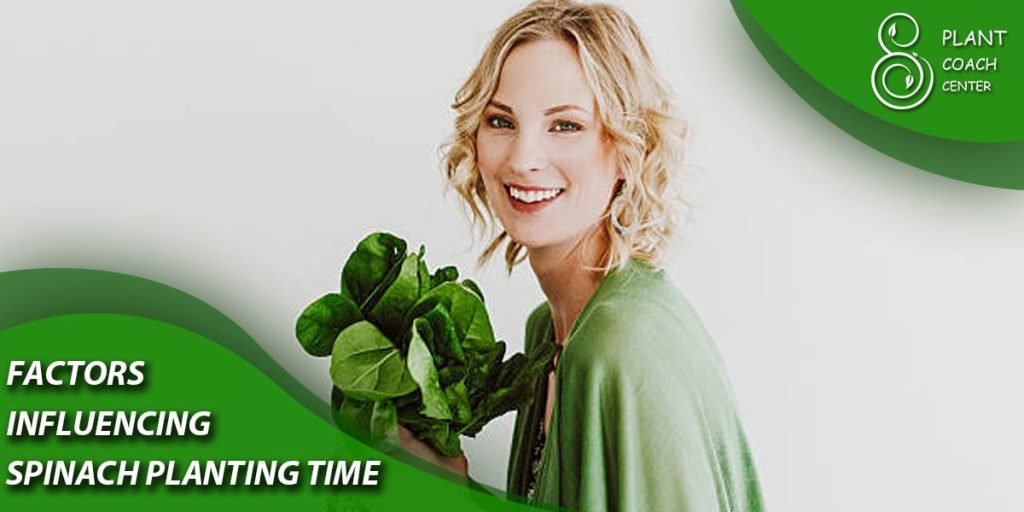
Factors Influencing Spinach Planting Time
Several factors play a crucial role in determining the ideal planting time for spinach. Understanding these factors will help you make informed decisions and maximize your spinach crop’s success.
– Climate and Hardiness Zones:
Spinach thrives in cool-season climates. Familiarize yourself with your hardiness zone and the specific temperature ranges suitable for spinach growth.
– Temperature Requirements for Spinach:
Spinach prefers cooler temperatures between 50°F and 70°F (10°C to 21°C). Learn how temperature affects spinach growth and how to provide optimal conditions.
– Day Length and Photoperiod Sensitivity:
Spinach has a photoperiod sensitivity, meaning its growth and bolting tendencies are influenced by day length. Discover the impact of day length on spinach planting decisions.
Determining the Ideal Planting Time for Spinach

Timing is crucial when it comes to planting spinach. By considering various factors and indicators, you can determine the perfect window for sowing spinach seeds or transplanting seedlings. Let’s explore different methods to determine the ideal planting time.
– Assessing Last Spring Frost Date:
Knowing the average date of the last spring frost in your area helps establish the appropriate time to plant spinach outdoors. Discover methods to determine this critical date.
– Calculating Growing Degree Days for Spinach:
Growing Degree Days (GDD) is a valuable tool for determining the optimal planting time. Learn how to calculate GDD and use it to make informed decisions for your spinach crop.
– Phenological Indicators for Spinach Planting:
Phenological indicators, such as blooming of specific plants or the emergence of certain insects, can serve as cues for spinach planting. Explore nature’s signs to guide your planting schedule.
Visit [plantcoachcenter.com](https://www.plantcoachcenter.com) for more information on plant coaching and personalized guidance for your spinach cultivation journey.
Preparing for Spinach Planting
Before planting spinach, proper preparation is essential to create an ideal environment for germination and growth. Let’s explore the necessary steps to ensure success.
– Selecting High-Quality Spinach Seeds:
Choose reputable seed suppliers and opt for high-quality spinach seeds. Look for varieties suited to your climate and preferences.
– Preparing Seed Starting Containers and Soil Mixes:
Use clean seed starting containers with drainage holes. Prepare a well-draining soil mix rich in organic matter to promote healthy seedling development.
– Soaking Spinach Seeds: Pros and Cons:
Soaking spinach seeds before planting can aid in germination. Understand the benefits and potential drawbacks of this method to decide if it’s suitable for your situation.
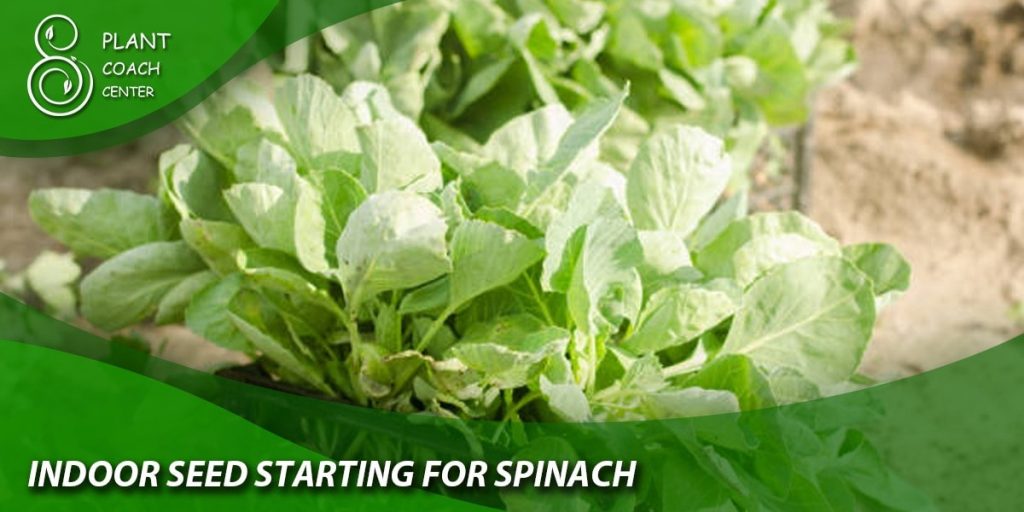
Indoor Seed Starting for Spinach
Starting spinach seeds indoors provides a head start, especially in regions with shorter growing seasons. Follow these steps to successfully start spinach indoors.
– Step-by-Step Guide to Starting Spinach Seeds Indoors:
Learn the detailed process of starting spinach seeds indoors, from preparing the containers and soil mix to sowing the seeds at the appropriate depth.
– Providing Optimal Growing Conditions Indoors:
Create a favorable environment for spinach seedlings by ensuring adequate light, maintaining proper temperature and humidity, and practicing regular watering and fertilization.
– Transplanting Spinach Seedlings Outdoors:
When the seedlings have grown to a suitable size, they can be transplanted outdoors. Discover the proper techniques for transitioning seedlings to the garden beds.
Direct Sowing Spinach Seeds in the Garden
Direct sowing spinach seeds in the garden is a popular method, especially in regions with longer growing seasons or mild climates. Here’s how to successfully sow spinach seeds directly in the garden.
– Preparing the Garden Bed for Spinach Planting:
Choose a well-drained location with full or partial sun exposure. Clear the area of weeds, rocks, and debris, and amend the soil with organic matter.
– Proper Spacing and Depth for Planting Spinach Seeds:
Follow recommended spacing guidelines to ensure adequate airflow and space for spinach plants to grow. Plant seeds at the appropriate depth for optimal germination.
– Mulching and Weed Control Strategies for Spinach Beds:
Mulching helps conserve moisture, suppress weed growth, and regulate soil temperatures. Explore suitable mulching materials and effective weed control methods for spinach beds.
Spinach Plant Care and Maintenance
To ensure healthy spinach growth and abundant harvests, proper care and maintenance practices are crucial. Let’s explore essential tasks and techniques to keep your spinach plants thriving.
– Watering Practices for Spinach:
Provide consistent moisture to spinach plants, ensuring they receive sufficient hydration without becoming waterlogged. Learn about the best watering practices for spinach.
– Fertilization and Nutrient Requirements for Spinach:
Understand the nutritional needs of spinach and how to properly fertilize the plants for optimal growth. Explore organic and synthetic fertilizer options suitable for spinach cultivation.
– Managing Pests and Diseases in Spinach:
Identify common pests that affect spinach, such as aphids, leaf miners, and slugs, and learn effective organic pest control methods. Additionally, discover common spinach diseases and strategies to prevent and manage them.
Harvesting and Storing Spinach
Harvesting spinach at the right time ensures the best flavor and nutrient content. Here’s how to determine spinach maturity and properly harvest and store your bounty.
– Determining Spinach Maturity and Harvesting Time:
Learn visual cues and techniques to determine when spinach is ready for harvest. Harvesting at the right stage ensures tender leaves and prolongs the harvest period.
– Proper Techniques for Harvesting Spinach Leaves:
Understand the correct methods for harvesting spinach leaves, promoting regrowth and preventing damage to the plant. Explore selective harvesting and complete plant removal techniques.
– Storing and Preserving Fresh Spinach:
Discover effective ways to store and preserve freshly harvested spinach, including refrigeration, blanching, freezing, and dehydration methods. Maximize the shelf life and availability of your spinach crop.
Troubleshooting Common Spinach Problems
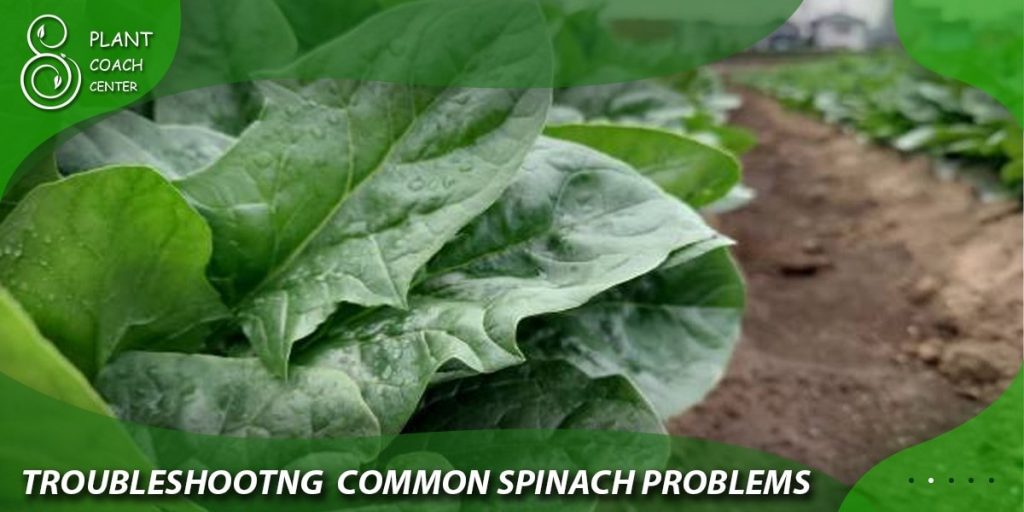
Despite your best efforts, spinach may encounter various challenges. Here are common problems that spinach plants may face and strategies to address them.
– Identifying and Treating Spinach Pests:
Learn to recognize common pests that affect spinach, such as aphids, caterpillars, and snails, and explore organic pest control methods to protect your plants.
– Managing Spinach Diseases:
Understand the symptoms and causes of common spinach diseases like downy mildew and powdery mildew. Implement preventive measures and treatments to minimize the impact of diseases.
– Dealing with Environmental Stressors:
Environmental factors like extreme temperatures, inadequate sunlight, and improper watering can stress spinach plants. Discover strategies to mitigate these stressors and promote plant health.
Extending Spinach Growing Season
With proper planning and techniques, you can extend the spinach growing season beyond its usual timeframe. Explore methods to maximize your spinach harvests and enjoy fresh leaves for an extended period.
– Succession Planting for Continuous Harvest:
Implement succession planting techniques to stagger spinach plantings, ensuring a continuous supply of fresh leaves throughout the growing season.
– Utilizing Season Extension Techniques:
Discover season extension methods like row covers, cold frames, and high tunnels to protect spinach from frost and extend its growth into colder months.
– Growing Spinach in Containers or Hydroponic Systems:
Explore the possibility of growing spinach in containers or hydroponic systems, allowing you to control environmental conditions and grow spinach in limited spaces.
Spinach Variations and Culinary Uses
Explore the versatility of spinach and diverse culinary possibilities. Discover different spinach varieties and creative ways to incorporate this nutritious green into your meals.
– Exploring Different Spinach Varieties:
Dive into various spinach cultivars, each with its unique flavor profile, texture, and growth characteristics. Experiment with different varieties to find your favorites.
– Creative Ways to Incorporate Spinach in Recipes:
From salads and smoothies to sautés and soups, spinach adds a nutritional boost to numerous dishes. Explore delicious recipes and innovative ways to use spinach in your culinary creations.
– Preserving Spinach for Future Use:
Learn techniques to preserve spinach for later use, such as blanching and freezing, making spinach purees, or dehydrating spinach leaves for a shelf-stable option.
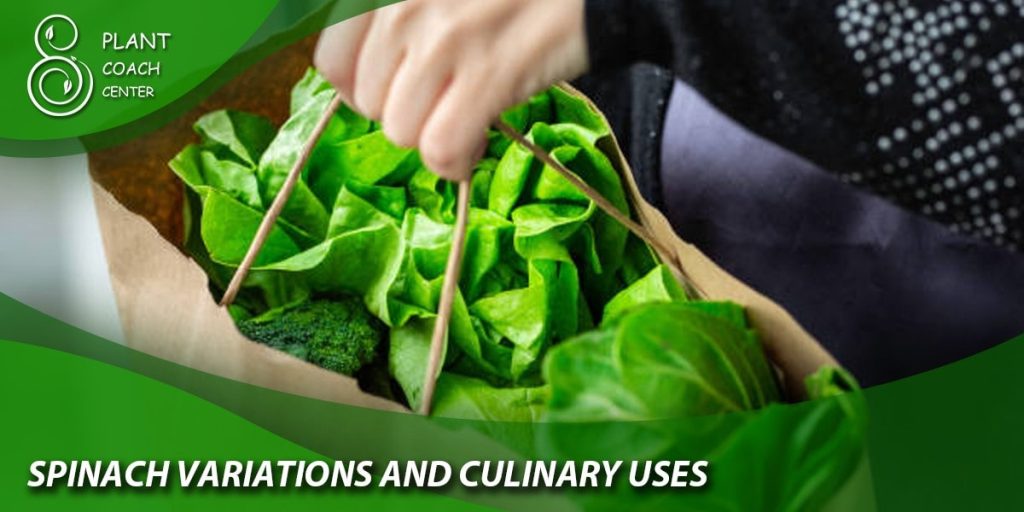
Conclusion
Congratulations! You have now gained a comprehensive understanding of when to plant spinach and how to cultivate a successful crop. By applying the knowledge and techniques shared in this article, you can confidently grow your spinach, whether you’re a beginner or an experienced gardener. Remember to visit [plantcoachcenter.com](https://www.plantcoachcenter.com) for personalized plant coaching and further assistance in your gardening journey.
Incorporate the tips and strategies discussed here to enjoy the bountiful harvests of fresh, nutritious spinach from your own garden. Happy planting and bon appétit!


